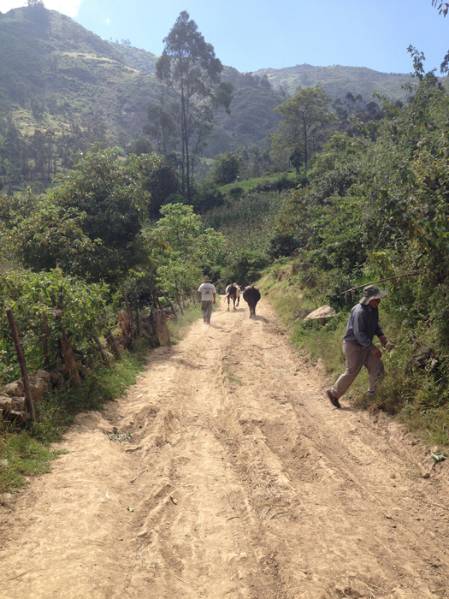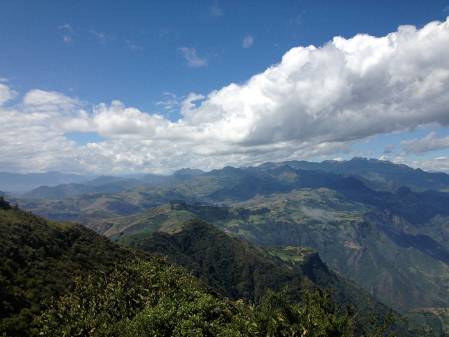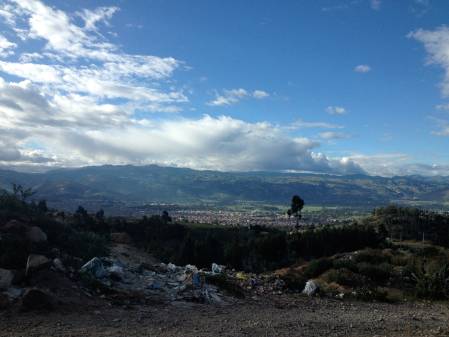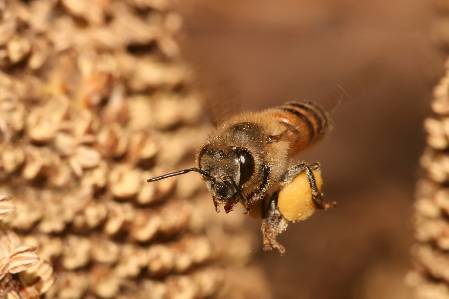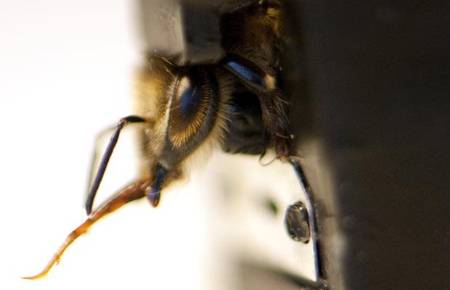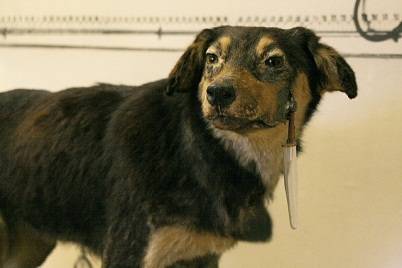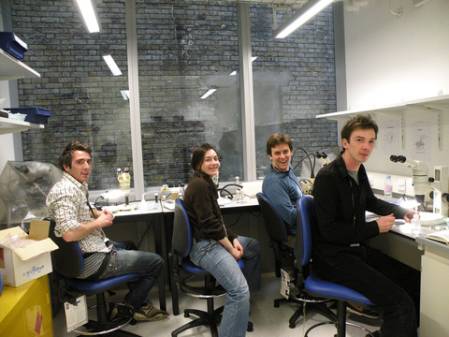Sorry folks – my fault on the delay. Five million visitors and a conference have waylaid me in posting this! Worth the wait though…here's the next installment from my partner Dave, who joined our team of Museum scientists on a field trip to Peru earlier this year.
Day 3: San Benito to Cajamarca
Another early start. As the mountains began to blush with colour, we (I) loaded up the van with samples and sweepers and the ubiquitous “Fanny” trout and tomato sandwich materials. The idea was to get to Cajamarca, 150km away, by the end of the day. It is the main town in the region, and the only road for us was over a mountain pass some 50km away and then down by a similarly circuitous route. In all, some 150km away, which sounds a doddle, but by now I had an inkling what 150K would be like up here.
Erica here - just thought I would interupt at this point. On the previous trip Dave decided to track our movements. We had to travel 100km in a day and he informed us that Google said that this would take maybe two hours...10 hours later...
With the van wrapped, packed and strapped, we lurched once more upward on the dusty track in the cool morning air. Our pace was slow, all the better to spot more of the introverted nightshade family. Our first landmark was a village called Guzmango, where we might have stayed in had we made better progress the previous day. It looked close on a map, but it was also above us by some stretch – mile upon mile of precipitous mountain track with yawning roadside drops. I enjoyed this very much. Erica enjoyed it less – Erica’s happier when she’s driving, but seems to be quite a nervous passenger, even if my driving is impeccable.
Erica - ...
The scenery became more and more spectacular – much more like the prior idea I’d had in my head of Peru. We were now above 2,000m, and the vegetation was more varied – still dry, but with pines and deciduous trees dotting well-cultivated land. San Benito was far below us.
Driving up into the moutains, with San Benito far below us.
As the road rose and we turned yet another hairpin bend, Sandy called for a stop – she’d spotted something. There was a good clump of Solanum habrochaites, the wild tomato we saw yesterday with its distinctive yellow flowers, nestled in the shady bend. I parked the beast, and the science people took up their weapons of choice, while I padded about enjoying the breathtaking views, taking field notes and observing the cows. Cows mean faeces and faeces means flies. I was learning.
Erica and the team searching for specimens by the roadside.
Sandy interrupted my reverie with a job – collecting the seeds for DNA sequencing from another Solanaceae species – possibly a S. neorickii – she had spotted on the verge. This was a wild relative of tobacco. Like many of the Solanum genus, it appears to like disturbed ground, and these plants were clinging to a road cutting. It has sticky ova protecting hundreds of tiny seeds. I collected a small handful, feeling pleased with myself, until Segundo revealed his fistful.
Meanwhile Erica and Evelyn flapped about filling flasks and baggies full of lovely winged beasties of every description – already enough for several hours’ pinning. We were ready to get a wiggle on, but all hopes of further progress were abandoned when Erica spied a lonely Bombyliid (beefly) minding its business on a roadside leaf. An excited Erica stalked clumsily upon it through the treacherous underbrush, I felt it polite to point out that there were clouds of them in the air above her head.
Erica - I would like to have thought as myself as an elegant creature of the countryside...
As Erica’s knickers eventually become untwisted, she was able to explain that this was a rather exciting beefly mating display. Other minibeasts flitted about in jubilant swarms enjoying the early sunshine, including a very handsome black bumble bee displaying unusual hovering behaviour.
No matter: all were swept into the nets with gruesome efficiency and inhaled into the killing jars. Many of the unfortunate beeflies were rewarded for their display with a dose of deadly ethyl acetate. Science is a cruel mistress.
Animals obstacles on the dirt roads.
Eventually we were able to make further (slow) progress, every lurch of the truck met with protest, as I swerved goats and pigs and ambitious wheelchasing mutts, all the while stopping for samples along the way. We picked up more Solanaceae of various description, and an interesting purple Iochroma.
A purple Iochroma found at the side of the road.
Our last morning stop was off the main “highway” and down an even narrower mud track, where I had to drop the crew off and keep driving in order to find a place to turn round. I don’t know how Segundo finds these sites, but you can bet we wouldn’t have without him. It was in the lee of a hill, facing a fantastic valley full of cornfields and grassland, some crops perched at seemingly impossible angles on the side of mountains. Here oxen will beat your tractor any day in a ploughing competition.
We made slow progress along hillside tracks.
I noticed there were quite a few gum trees prevalent in the area. As they aren’t native I couldn’t fathom what they were doing up here, but Sandy says they were planted for firewood – quick growing and very flammable. I could have worked that out if I’d tried. Altitude?
We reached the top of the pass about noon. Time for a sandwich stop, and for me to properly take in the views at the top of the mountain. Some steps had been carved into the hillside where vegetables were growing. I ventured up, and soon started to feel how the altitude – about 3,400m – was indeed affecting my progress. Everything seemed a little a bit harder.
After a climb up the hillside the effects of high altitude were more obvious than ever.
The steps began to peter out. Then they disappeared into a maelstrom of brambles. But as I reached the brow of the hill a hint of a way seemed to reveal itself. I followed it for a few metres, scratching the hell out of my legs then vaulted an ancient wall at the top to reveal a grassy oasis at the summit, surrounded by an unforgettable panorama.
Worth the effort. Driving, you don’t always get to appreciate the view until you stop.
View from the top - well worth the climb.
Now it was a bumpy, dusty ride mostly downhill all the way to Cajamarca, still some way off.
I was expecting a smallish town, but it’s a sizeable settlement with some style – it has a lovely cathedral and church either side of a spacious Plaza de Armas, and atmospheric, narrow streets lined with colourful colonial mansions where campesinos in traditional dress mix comfortably with sharp-suited 9-5ers. Also, plenty of cheese shops. I found it bizarre that we reached such a place by dirt track.
Cajamarca, our next stop.
Beautiful old buildings in Cajamarca.
We checked into our hostel dead beat, dusty and desirous of a beer, but we’d had a good day and a terrific haul.
Erica - it was a great haul. Today (20 August) - all the material that I and evelyn collected and put into ethanol every night has only just been sorted into Order Level (beetles, bugs, flies etc)...As Dave comes to the end of the journey I may have some results to tell you about the amazing insects we found. Till next time!







